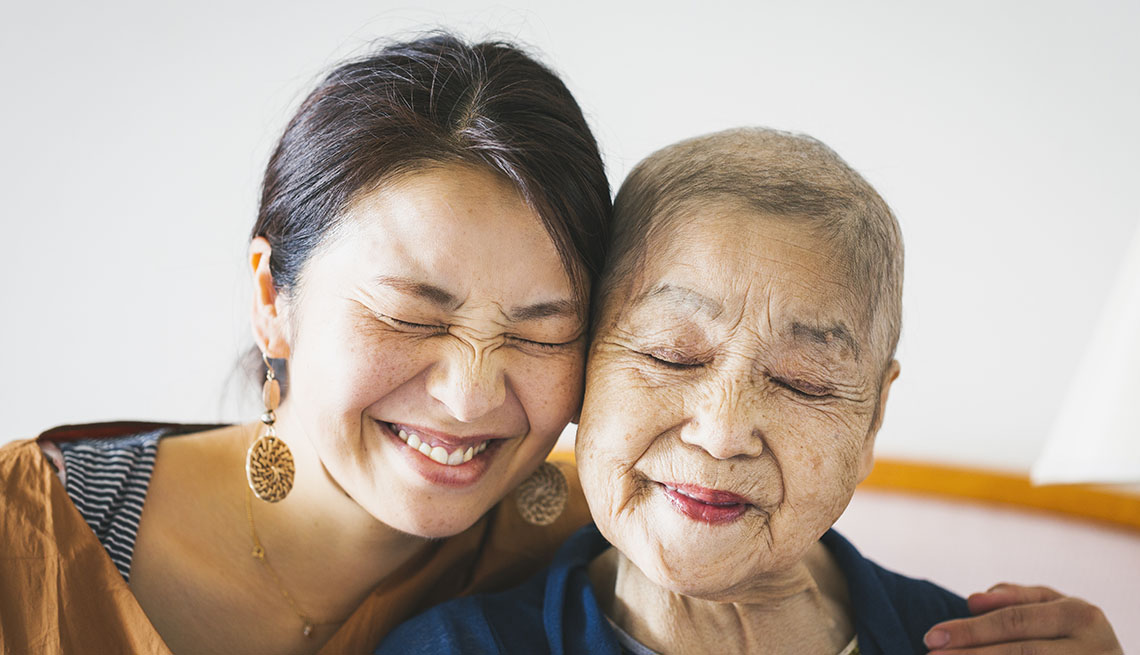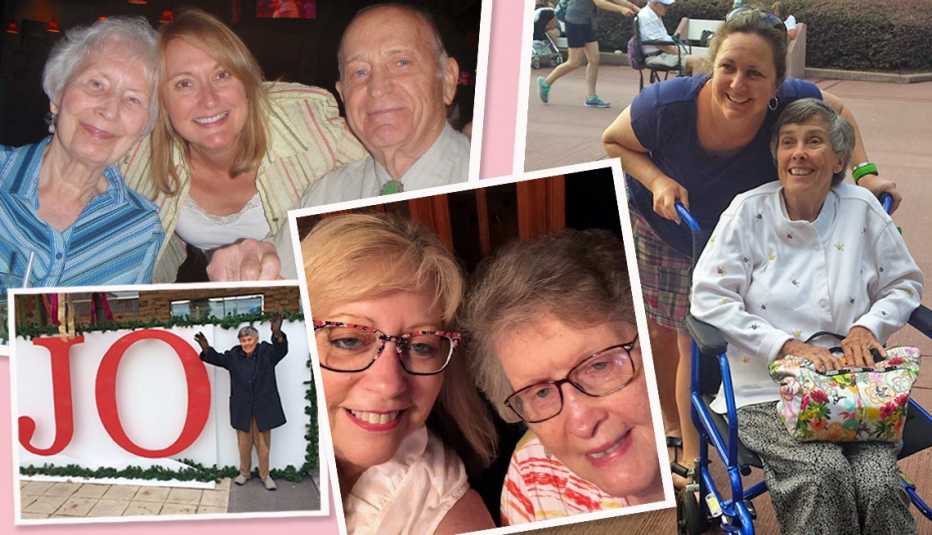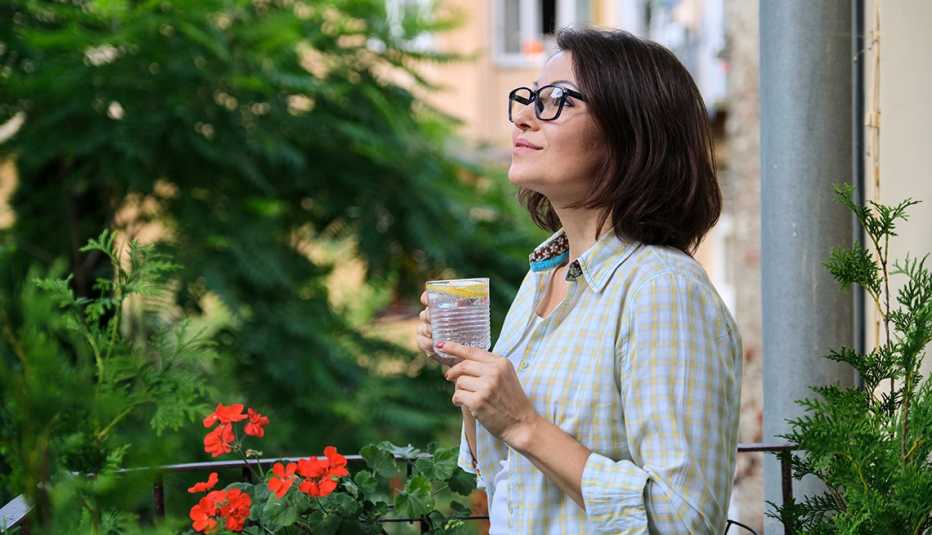Staying Fit
Five years after my mother’s death from complications of vascular dementia, what I recall most clearly aren’t the dozens of times I took her to doctors’ offices, brought her groceries, fixed her television, called her insurance company or reported on her progress to other family members. What is strongest in my mind are a few tender moments.
There was the cloudy afternoon a few weeks before her death when she seemed confused, afraid and upset. To soothe her, we looked through an old photo album from a beach vacation 30 years earlier, and I commented several times in a quiet voice about how lovely and happy she looked in the photographs. Gradually, she became absorbed in the images of herself and others and became peaceful.


AARP Membership— $12 for your first year when you sign up for Automatic Renewal
Get instant access to members-only products and hundreds of discounts, a free second membership, and a subscription to AARP the Magazine.
I remember watching her looking lovingly across the table at my then 21-year-old red-haired son during our last family holiday dinner together.
I see her in my mind’s eye bending forward slightly to admire the yellow and pink spring flowers in the small garden of her nursing home as I pushed her wheelchair slowly along the paved path.
These small moments are powerful memories from my caregiving years that, thankfully, mostly crowd out more troubling recollections of arguments we had about money, or evenings we spent in emergency rooms waiting for her to see a doctor. I felt emotionally connected to my mother during those times in a way that the day-to-day drudgery of caregiving, punctuated by occasional friction, seemed to prevent.
Devoted caregivers are often preoccupied with completing daily tasks for their loved ones or consumed with logistical planning to manage upcoming challenges. With the benefit of hindsight, though, what matters most about caregiving isn’t completing the tasks but creating those too-rare instances of genuine emotional connection. How can family caregivers foster this tenderness? Here are some ideas.
Don’t get caught up in doing
Through whirlwind days of picking up medications, cooking dinners and filling out forms, it is easy for caregivers to adopt a nose-to-the-grindstone approach to looking after their loved ones, with success measured by the number of items they’re able to cross off never-ending to-do lists. But the recipients of these type of caregivers may feel emotionally cut off from them and alone. What’s more, they may feel guilty that they’re burdensome sources of chores. To avoid having that effect, caregivers need to step out of the rigid role of devoted doer.




































































